Why we think Phonak is wrong about Auracast
Phonak has set out its stall on Auracast: it’s exciting, but you can’t have it yet.
A blog post published this week presents its view in black and white: Auracast is tomorrow’s technology, but it aims to serve Bluetooth Classic to its clients who live in today’s world.
We are disappointed and frustrated that a major manufacturer is choosing to snub one of the most critical technologies to be created this century. Its argument essentially boils down to what’s the point when few venues have installed Auracast? … and we want people to carry on using our Roger technology instead.
It is short-sighted. And, dare we say, wrong.
What Phonak can learn from analogue TV sets
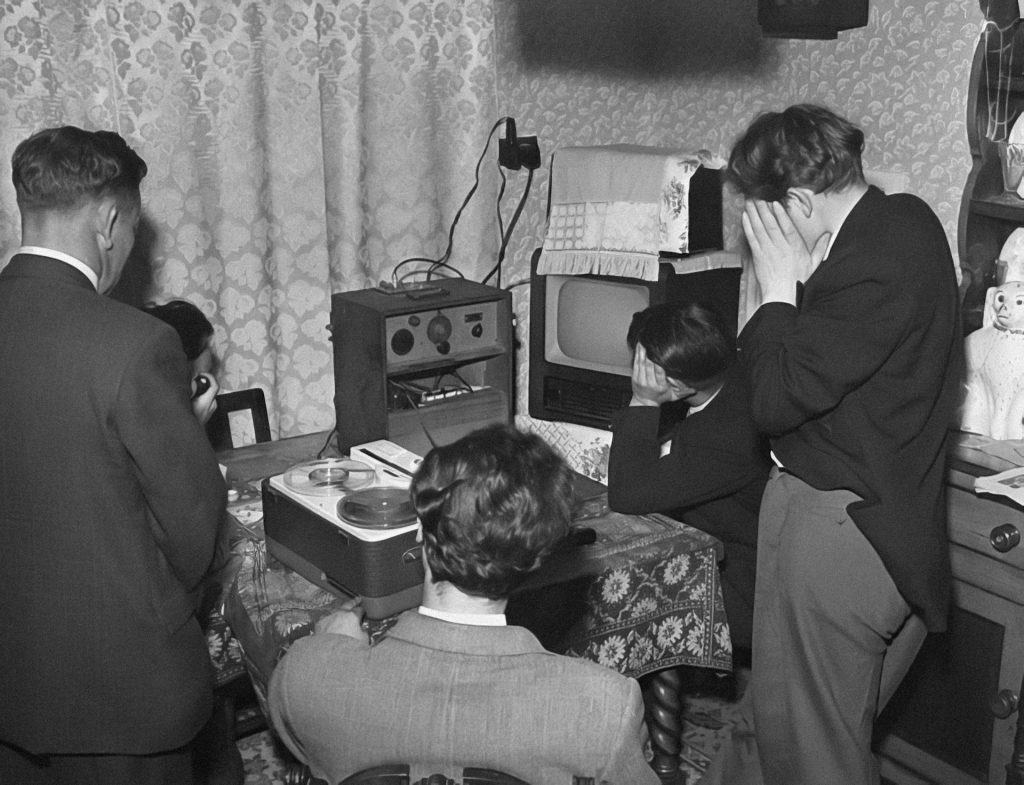
In the 1970s, most homes in the UK rented their television sets, which were typically black and white. Colour television became the norm here from November 1969 onwards, but programmes continued to be made in black and white until 1976 – the same year that colour TV licences overtook their older counterpart for the first time.
Until 1982, the UK had just three television channels: BBC One and Two, and ITV, which ITV you got depended on where you lived, and that is another story. Despite this lack of choice, televisions came with buttons for channels that didn’t exist. Some were even optimistically labelled ITV-2. Others suggested that one day there might be 12 different channels. What a luxury!
Now we take hundreds of channels for granted. Even Freeview, the most basic of television packages, has more than 100 TV and radio stations available at the touch of a button.
Go back 50 years, and the very idea that we might get a fourth channel, let alone a fifth, was fanciful. That didn’t stop the manufacturers from preparing for the future. Television would have more channels, and they were ready for it. Even if more channels came, most households would trade their rented set for a newer model, possibly with Teletext.
The moral? Failing to incorporate future-proof technology into your hearing aids means that when the future arrives, you will be left behind.
What Phonak says about Auracast today

‘For hearing aid users today, (Auracast) is still a promise, not a reality’
That is nonsense. Auracast is a reality. Not only have we been charting installations worldwide, but we can’t keep up, given the rapid rate at which new systems are emerging.
The technology is found in headphones, such as the EarisMAX, microphones like the MultiMic+, and in hearing aids, including the ReSound Vivia and Starkey Edge AI 24. And there are more coming down the tracks.
When budget OTC brands start to install Auracast as standard, the dam hasn’t just cracked; it has well and truly broken.
Yes, Auracast has a way to go before it is mainstream, but it is happening.
It’s not market-ready
“There are still major hurdles,” the blog notes, again highlighting that very few hearing devices support Auracast. The irony here is that Phonak could be changing the dial by ensuring its hearing aids have Bluetooth LE Audio installed.
Earlier this summer, it launched its Virto R Infinio range: “a sleek, compact design that combines exceptional sound quality, seamless connectivity, and all-day comfort”. But… no Auracast. It is a missed opportunity, as it would have shown that Auracast is market-ready.
The second hurdle is that few venues have installed Auracast.
When the Channel 5 was launched in the UK in 1997, most homes needed their video and television sets to be retuned. In essence, they needed to be made ready to receive the channel. So that’s what happened: a team went door-to-door to ensure the nation was ready.
When it comes to Auracast, teams are commissioned by venues to install the tech. Which, incidentally, can be backwards compatible with telecoils depending on the system installed.
The third hurdle is that Auracast broadcasting standards for assistive listening will not be finalised until 2027. That might be the case, but the direction of travel is clear. It’s not as if the Bluetooth SIG are going to wake up on April 1, 2027, and say the existing standards were just a joke and here is the real one. We know what Auracast does, can do, and will do.
Companies can set out on their Auracast journey knowing that they won’t need to reinvent their products from scratch. Yes, some firmware updates and patches will be released, but isn’t that the same with all new technology?
Auracast is ‘more of a theoretical benefit than a practical one’
That is like saying, ‘Because my television is black and white, there cannot possibly be colour television’.
Auracast can be easily and quickly set up in a variety of venues and settings: one venue told us theirs had taken 45 minutes.
Compatible smartphones can become Auracasters, allowing people to set up their own private discos.
A simple microphone, such as the MultiMic+, turns any book group, dance class, or lecture into an Auracast-friendly environment.
Affordable Auracast boxes can be plugged into small AV systems, allowing places of worship, lecture halls, and classrooms to offer Auracast.
Commercial venues can also have proper installations, bringing Auracast to transport, theatres, conference centres, concerts, sporting events, and other large gatherings.
All of these are happening now. The only limit is on people realising how easy it is to create their own Auracast.
“Future-proofing your clients with Auracast-compatible hearing aids may be considered foresight, but if wide adoption takes years, clients may need new hearing aids by then,” Phonak writes.
That foresight is precisely what will bring forth the demand for Auracast. We are currently chicken-and-egg situation: manufacturers and venues won’t install Auracast if there is no demand. As more devices come to the market that demand will be stimulated. Hearing aid companies and audiologists have a role to play here; a product that doesn’t exist can’t be sold, but a product with Auracast in can be. So make it!
Or to quote Jimi Hendrix from Wayne’s World … if you build it, they will come.
‘We mustn’t upset the loop advocates’
That is a paraphrase, but a baffling argument for not supporting Auracast is a defence of the telecoil loop system. Phonak’s blog notes: “organisations around the world are advocating for the ongoing availability of telecoils”.
That’s like saying people wanted to keep their black and white televisions based on a 405-line system, giving mono sound and pictures that lack clarity, despite knowing that OLED screens offer an incredible HD experience with surround sound and a clarity hitherto undreamt of.
Let’s not beat about the bush: loop systems are using a technology that is nearly 100 years old, is clunky, difficult to install and offers a poorer user experience. Auracast removes all the shackles: no wires to install, no special areas to sit in, no chance of picking up Test Match Special, and no excuses from a sound desk for not being able to check that the loop is actually working.
Many hearing aid manufacturers have been releasing telecoil-free models for several years: our Oticon Opns are a good example of this.
Many venues don’t have working loops, or don’t know their loops are broken.
And all of that is before we get on to the sound difference between a telecoil and Auracast. It is night and day. Chalk and cheese. Worlds apart, and once you’ve experienced it, you won’t want to go back.

“We need to ensure any new venue that will get Auracast will continue to support telecoil and loop systems already in use today,” Phonak states, suggesting that Auracast cannot deliver sound to existing hearing aid users.
When a professional installation is in place, such as Auri or Bettear, they come with pebbles that the user can borrow and turn into a portable loop. It’s no different from the LPS-4 loopsets that Nokia used to sell, allowing mobile phone users to hear calls directly in their hearing aids.
Phonak is suggesting there is a problem, but we argue that the problem doesn’t exist.
Phonak’s alternative to Auracast shows why Auracast is needed
The final part of Phonak’s argument is a defence of its propriety Roger system.
One of the key attractions of Auracast is that it finally opens up the market, benefiting the consumer. They can choose which devices they want to add into their personal ecosystem, be it a Samsung Galaxy world, an LG television with Auracast built in, the Homespot BA120 transmitter, or Opus’ portable Auracast devices.
The choice is immense, and the price points vary from budget to full-on.
And that is fine.
Hearing aids are a significant purchase, with top-of-the-range models often costing around £4,000-£5,000 ($5,392-$6,740). Asking people to spend an additional, say, £400 ($539) on a gadget that plugs into the back of their television or landline is a big ask.
Providing people with the opportunity to try different devices that offer alternative solutions is a significant win.
Phonak also cites Roger’s use in classrooms, teachers speaking into a microphone and pupils able to instantly connect to it. Auracast, they argue, isn’t as easy.

“The idea of using an assistant app … may work for tech-savvy users, but it’s not realistic for many children,” Phonak writes, creating a problem that doesn’t exist. Pupils will be able to easily grasp the concept of switching between Auracasts and will prefer the option of bringing their own listening devices.
“What is stopping them from switching off and listening to a neighbouring classroom?” Phonak asks. Well, what’s to stop them from turning off their hearing aids full stop? What’s to stop them from falling asleep in the classroom? What’s to stop them from slipping a comic between their textbook and making it look as if they are actually reading what they should be? What’s to stop them letting off stink bombs?
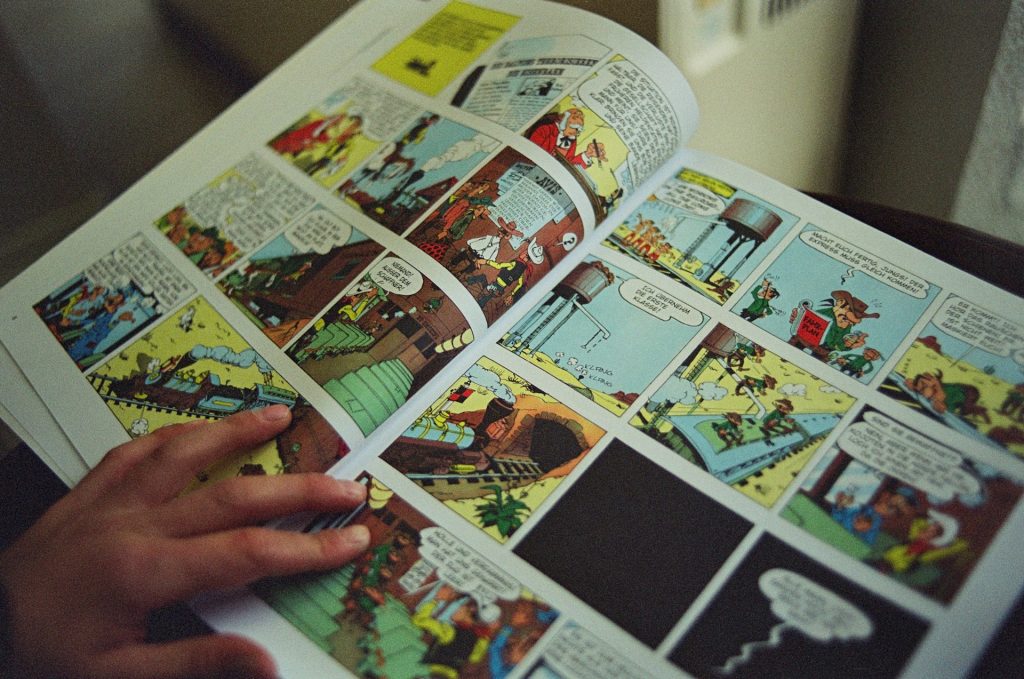
It’s a nonsensical argument that implies connecting to an Auracast via an Auracast Assistant is a complex and mysterious process that requires a degree, a PhD, and a supercomputer larger than Fort Knox. The reality is: it’s easy. With QR codes it’s a doddle. Ultimately, a tap-and-go system is on the cards.
Phonak also argues that its Roger system offers better latency (the time between speaking and the hearing aid receiving the speech). That is something shown in its research … but the other solutions it has tested are not far behind, which means most people will not notice any major difference.
Looking ahead, staying grounded
The final section implies that Auracast is not as good as colour television, but a cultural sidestep, such as the Minidisc, the 8-track, HD-DVD, or the disc camera. But that is not the case.
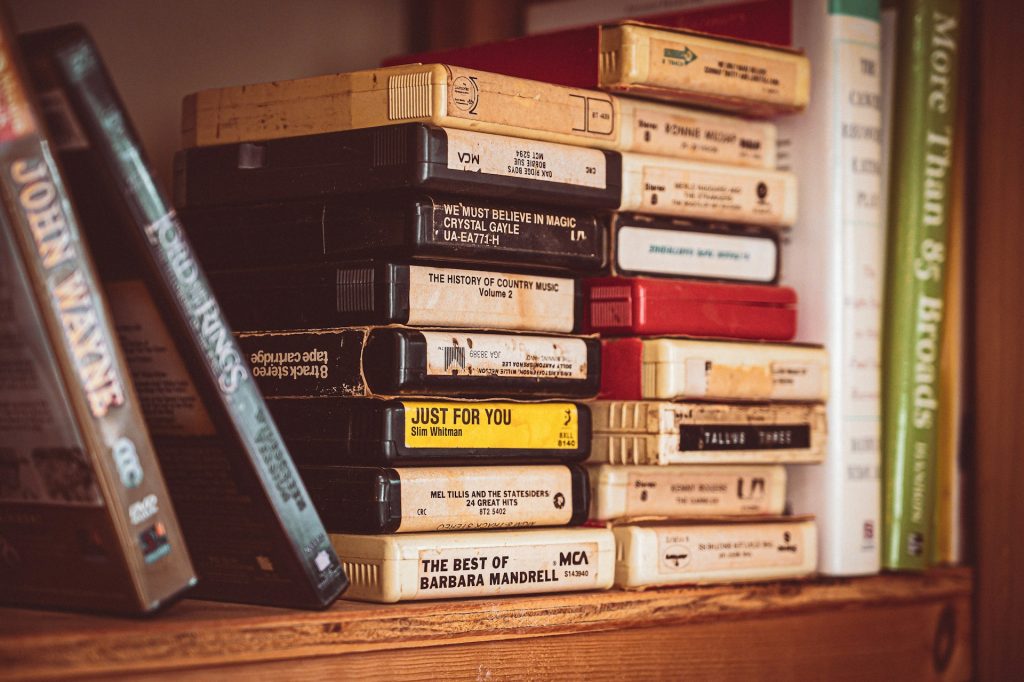
First, this is a technology that has been years in the making, as manufacturers have worked together to create a unified standard. It is, if you will, the VHS or Blu-ray of the hearing world. The Bluetooth SIG itself oversees it, and it has the backing of household names, including Sony, Samsung, Google, and LG.
All of that is before you get onto the hearing aid manufacturers.
“We’re not resisting innovation, but we’re ensuring clients aren’t paying the price of premature adoption,” they note.
Phonak, we couldn’t disagree more. Auracast is here. Auracast is today’s technology, and by eschewing it, you are denying your customers. We hope you change your mind.
To read more of Phonak’s arguments, it has published an Evidence page.


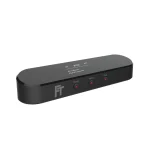



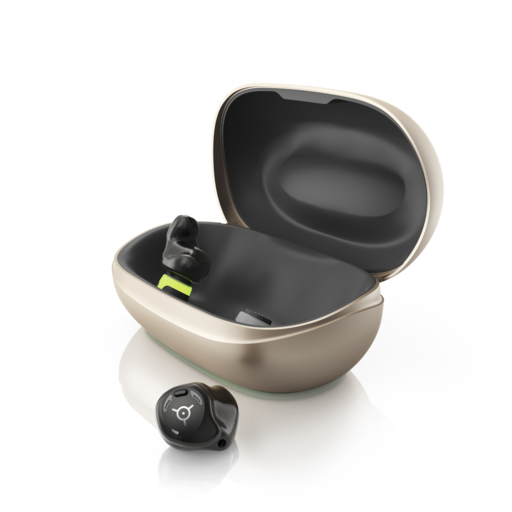
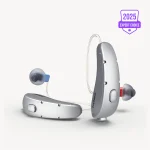
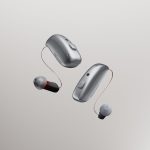
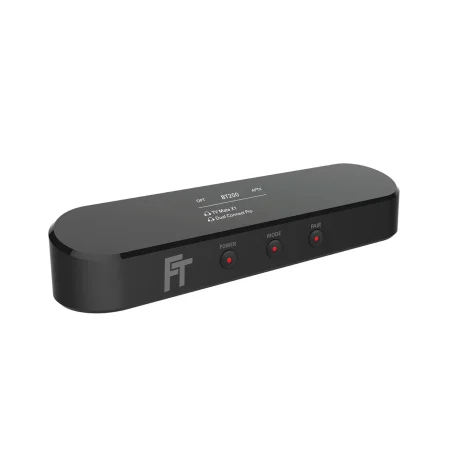




Good point, Phil, that we should all welcome and encourage helpful new technologies without discounting them because, like yesteryear’s color TV’s, they haven’t yet spread. And yes, we can all hope that easier-to-install Auracast will replace older FM and IR systems that requiring people’s locating, checking out, wearing and returning special equipment (which few will take the initiative to do).
But fyi, you’re not describing my experience with hearing loops, which in the auditoriums and worship places of my community (as in UK worship places I’ve visited) reliably deliver crystal clear sound directly to my hearing aids (every bit as clear as the Auracast I experienced in a demo). Moreover, they do so for many not-tech-savvy older folks (a huge part of the hearing loss community) with a simple button push. No need, amid worship when switching between the spoken word and congregational participation to awkwardly pull out a smart phone. And they work in individual airport gate areas, ticket windows, etc. where I’m guessing it might be more difficult to contain Auracast sound that’s accessed with similar ease.
So good point: Bring on Auracast, which surely will be an improvement over FM and IR. But no need to trash user-friendly hearing loops (which, yes, are a century old, just like television).